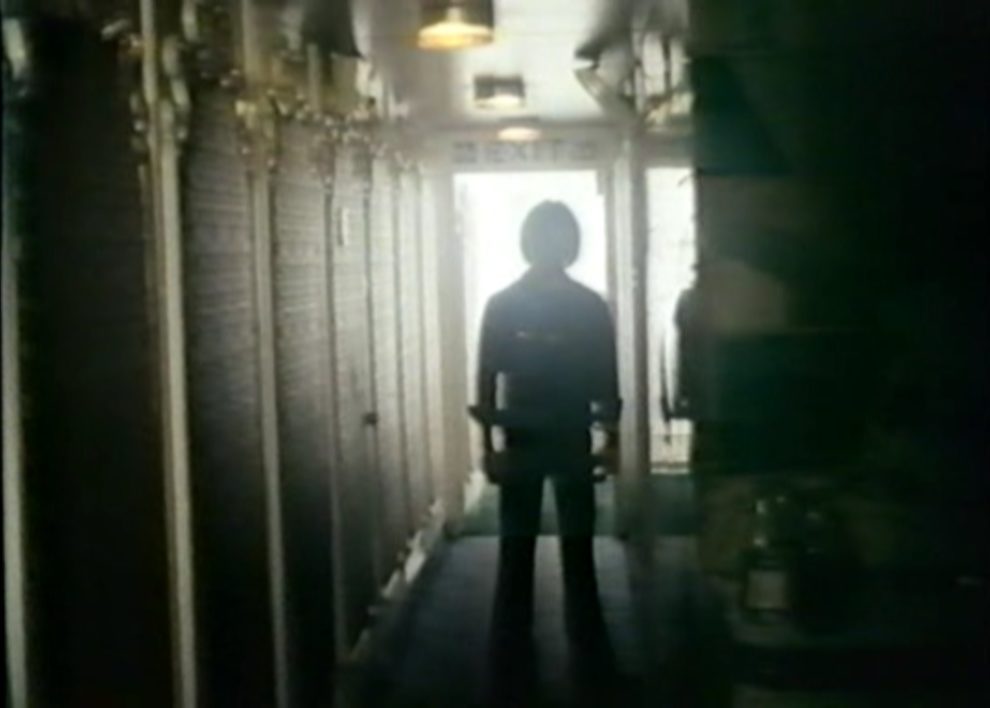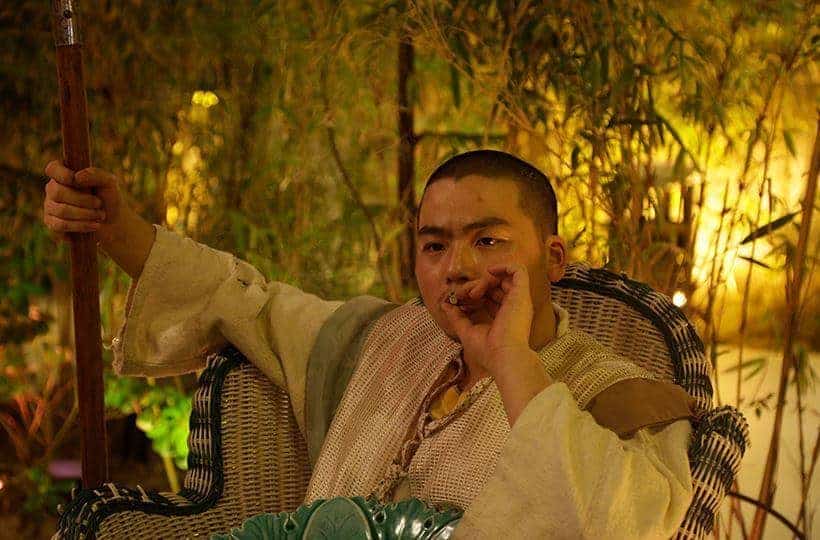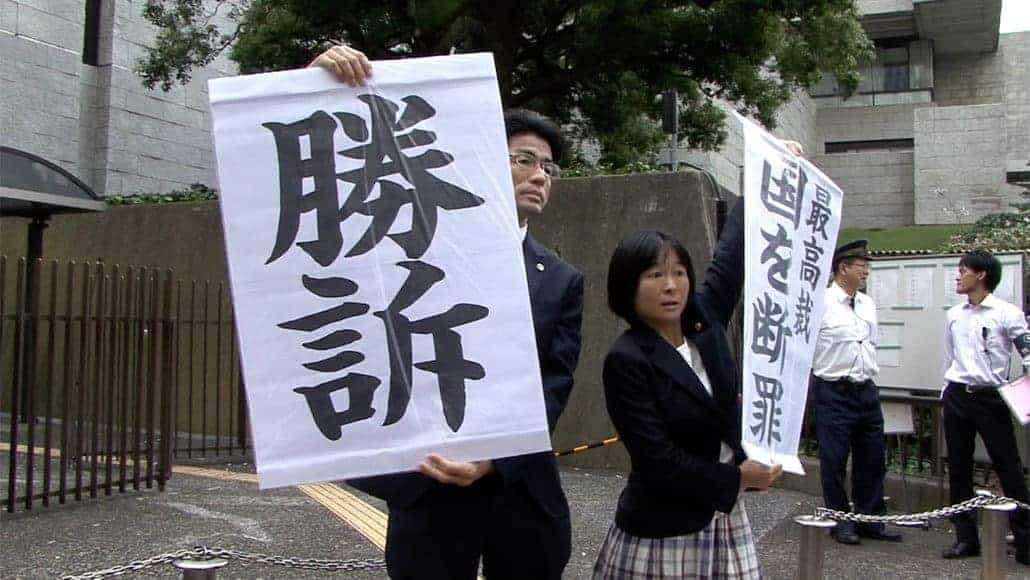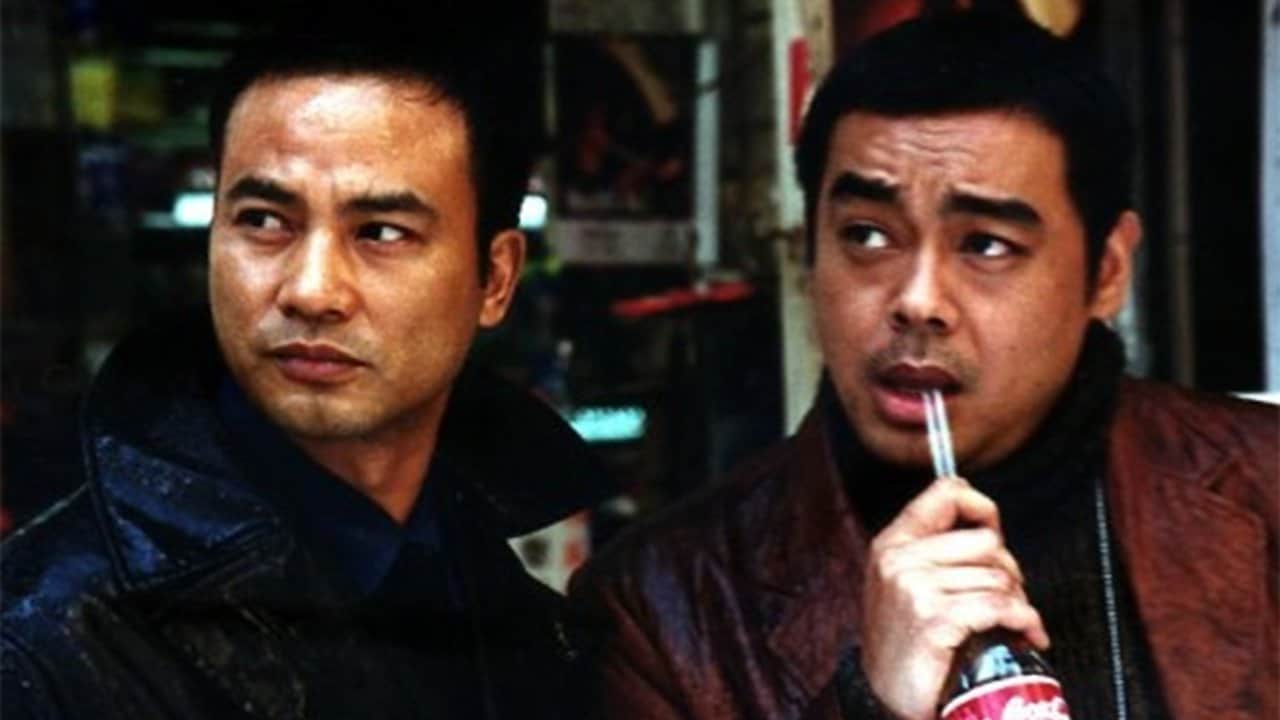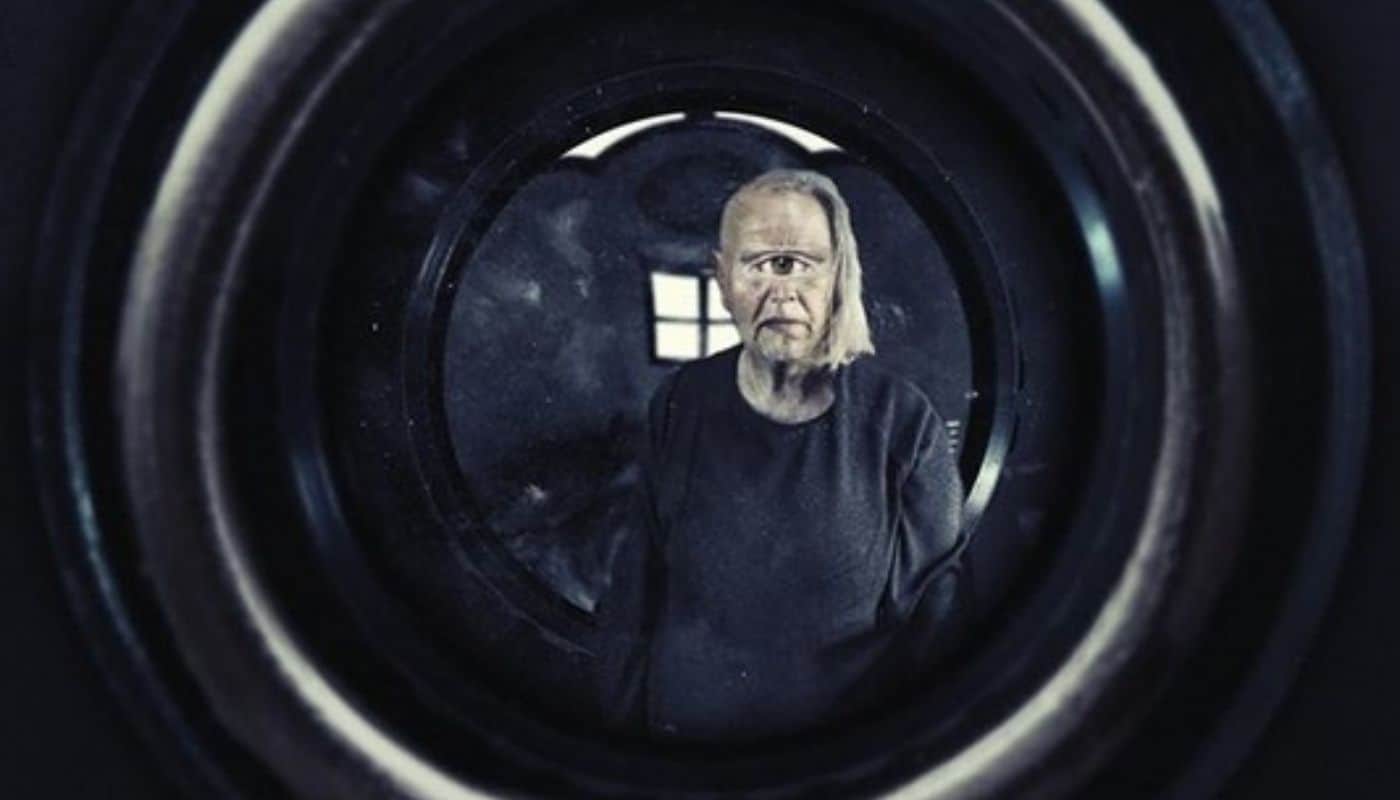Considered a pre-cursor of HK New Wave due to the use of hand-held cameras, location shooting, blending of genres and documentary-like realism (at least regarding the presentation of Hong underground as shaped by cops, informers, drug dealers and crime bosses) in its presentation, “Jumping Ash” is a rather impressive production with an equally intriguing back story. It was produced by the film company Bang! Bang! Films that was formed by the famous Cantonese star Josephine Siao Fong-fong. After literally starring in hundreds of Cantonese films in the 1960s she was now looking for other challenges in grown up roles and as a producer. She is credited both as co-director and co-scriptwriter. The other scriptwriter is Philip Chan who had been in the police force since 1965 and had risen to the rank of Divisional Commander of Police in C.I.D. But at the same time he developed a great interest in film making and when Josephine invited him to help with the script he jumped at it – and with the enormous success of the film (third in the box office that year) he left the police department and entered into a very lengthy career as an actor and director. And just as a note, the Production Manager was Ronnie Yu later director of “Bride with White Hair” and Bride of Chucky. It all started here with this film. (source)

The story begins in Amsterdam, which has become the setting for a war between two gangs. Tung, one of the bosses, has dispatched his number one killer to murder his opponent, Chen. After the chilling-looking, silent man succeeds, the setting switches to Hong Kong, where, in TV-news like fashion, we are introduced to the drug-smuggling underbelly of the city, and the main hero of the movie, Inspector Callan, a rather cool and somewhat cocky police officer, who has just been promoted and is set in both cleaning the streets and putting an end to Tung's reign. However, Callan is also presented as rather immature in his personal life, still living in his mother's house and not willing to commit to his girlfriend, a feisty night-club singer who remains faithful to him, nevertheless. As some of Chen's henchmen are on a path of revenge against Tung, particularly a thin-haired brute who goes by the name of Grinning Tiger, the three-way clash is inevitable, and no one is considered off limits. In the meanwhile, Callan keeps hitting walls of legality in his efforts to arrest Tung and end the warfare.
The first thing one will notice in the film is the impressive combination of Tony Hope and Weiquan Yan's cinematography with Huang Yi-shun and Clive Muller's editing, which results in a number of rather captivating scenes. Particularly the raid in Kowloon Walled city, which involves numerous chases in the narrow alleys that form the labyrinth there, is a wonder to look at, and also quite evocative, as the tension and angst every frame emits is palpable.
The realism in the presentation of both the criminal world and the way police worked at the time is also evident, with Leong highlighting the fact that a number of poor people were actually caught between the two. The punishment Callan's girlfriend receives in the hands of two men (despite the fact that one of them gets his share also) and the fate of the blind man, are the most indicatory of that comment. Furthermore, the combination of corruption (even Callan's mother gets a washing machine from a drug dealer at some point) and intense bureaucracy is presented as an obstacle (in Callan's effort) to dispense justice, which was frequently rather hard to overcome. This last aspect is what, essentially, justifies his eventual vigilante ways, along with the assault on his girlfriend, as Leong “takes care” not to let his protagonist become a “mad dog” within the narrative. Lun Chia embodies all the aforementioned comments through an impressive performance that is equally convincing in the dramatic, action, humoristic and simply realistic aspects of the movie.
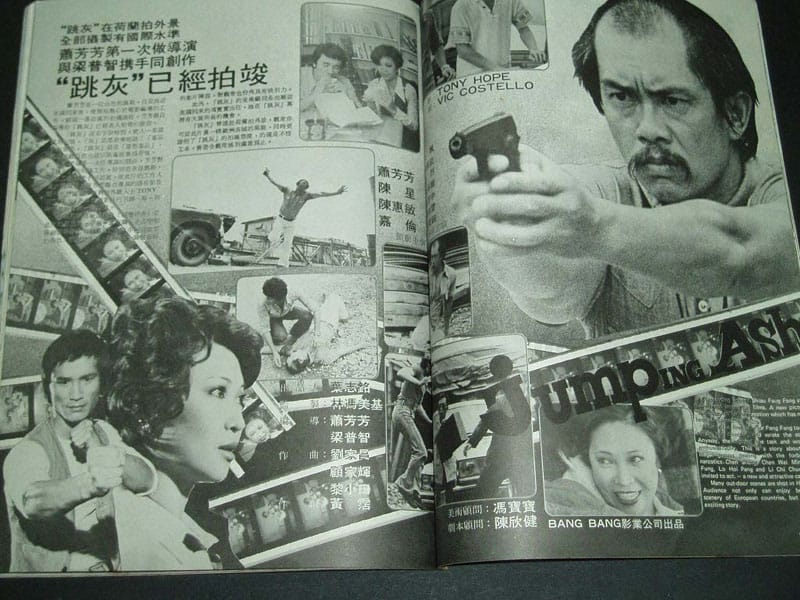
And talking about humor, the way Leong has implemented it in the narrative results in a series of highly entertaining moments, with the scene with the prostitute, the overall persona of the low-level drug dealer, and Callan's interactions with his mother (“Hey Kojak junior, wake up” she utters at some point) being hilarious. Furthermore, the use of music in the film, with the mostly jazzy soundtrack and the rock'n'roll sounds in the scenes in Amsterdam (including Rolling Stones) adds even more to the amusement.
At the same time, however, Leong does not stray completely away from some crowd-pleasing cliches (as in the fight in the disco between Callan and a huge African-American) nor the studio aesthetics of Shaw Brothers. The whole persona of the Grinning Tiger (played by the impressively built Chang Sing) is probably the most indicatory element of this approach, with his overall presentation, the scenes in the mental asylum, and most of all, his fight with Tung's main henchman (the same who murdered Chen in Amsterdam and beat Callan's girlfirend) having a distinct SB flavour, also in the way they are choreographed. The same applies to the inevitable duel between the aforementioned and Callan, although the way the cross he is wearing around his neck is implemented here, gives the scene a more contextual approach. On the other hand, the action choreography by Michael Chan, who also plays Tung's henchman, and Cheng Kei-ying are rather impressive, even if not on par with the realism of the rest of the narrative.
And talking about Michael Chan, he is the one that steals the show here, with his laconic demeanor, his intense facial expression and his eyes emitting a sense of danger every time he appears on screen, something that long intensifies both through the editing and the sound.
“Jumping Ash” may have not completely embodied the characteristics of the New Wave, particularly the effort to move as far away from studio narratives and aesthetics as possible, but is still an impressive film, pioneering in its cinematic approach and quite entertaining and pointy in its narrative.


